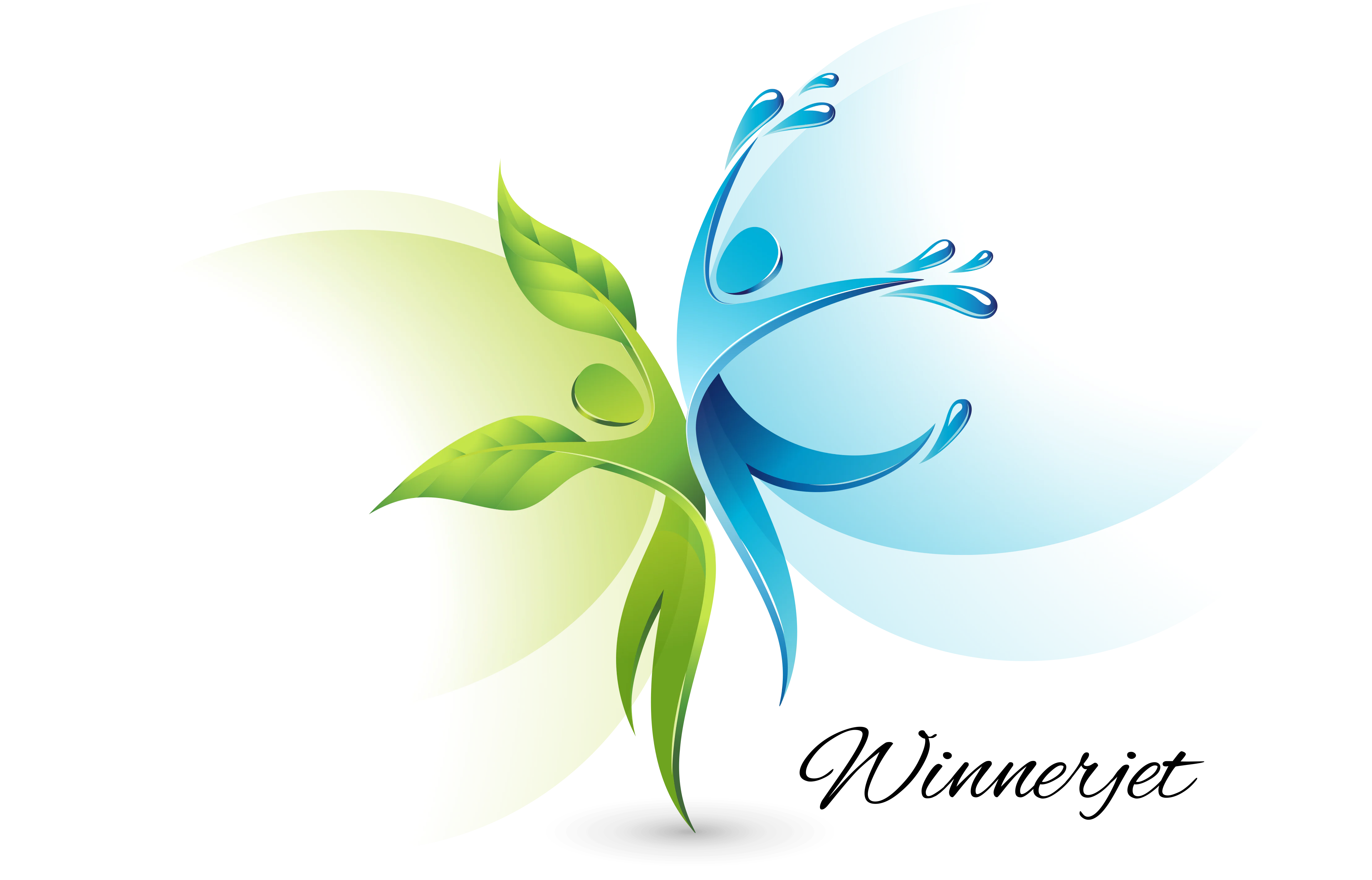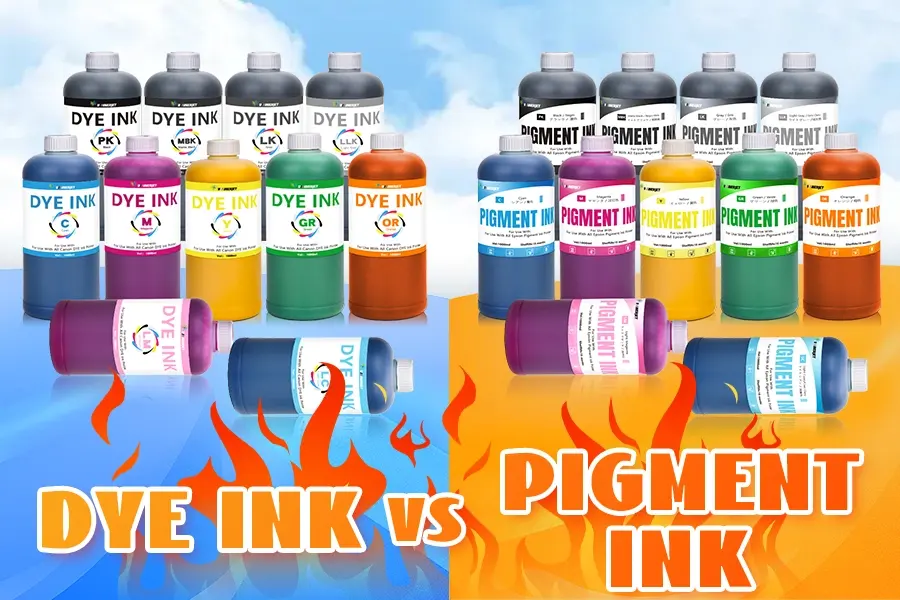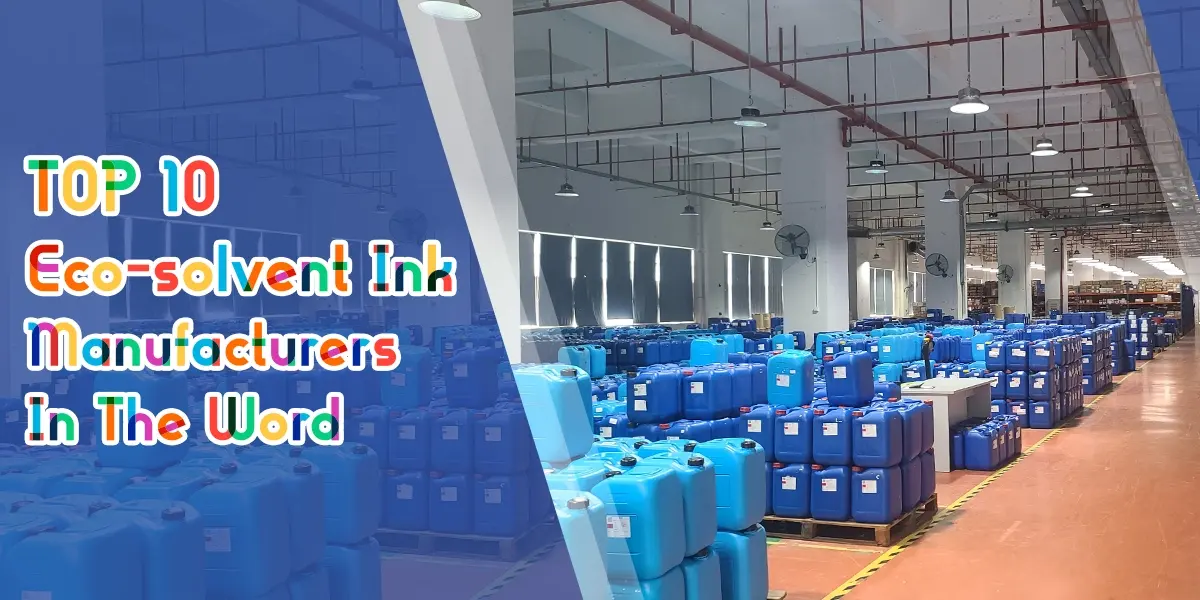Trying to decide between DTF and UV DTF printing? You’re not alone. These two methods are popular for custom printing, but they work in very different ways.
DTF is best for clothing. UV DTF is great for decorating hard items like cups and jars. In this article, we’ll break down the differences in simple terms so you can decide what works best for your business.
Let’s get started 👇
🧾 What’s the Difference Between DTF and UV DTF?
Here’s a quick side-by-side comparison:
| Feature | DTF Printing | UV DTF Printing |
|---|---|---|
| ✅ Best For | T-shirts, hoodies, tote bags | Cups, bottles, wood, metal, plastic |
| 🔥 Heat Needed | Yes – with heat press | No heat needed |
| 💧 Ink Type | Water-based DTF ink | UV-cured ink |
| 💸 Cost | Lower overall cost | Slightly more expensive |
| 🛠️ Surface Type | Soft fabric only | Hard and smooth surfaces |
📌 In short:
DTF is for fabric. UV DTF is for hard surfaces.
🔍 How DTF Printing Works (Simple Steps)
DTF stands for Direct to Film. You print your design on a special film, then use heat to stick it to the fabric. Here’s how:
- Print the design onto the film
- Add powder glue on the back of the print
- Heat the film to melt the powder
- Press the film onto the fabric with a heat press
- Peel off the film – done!
📌 DTF is a favorite for making custom shirts and bags.
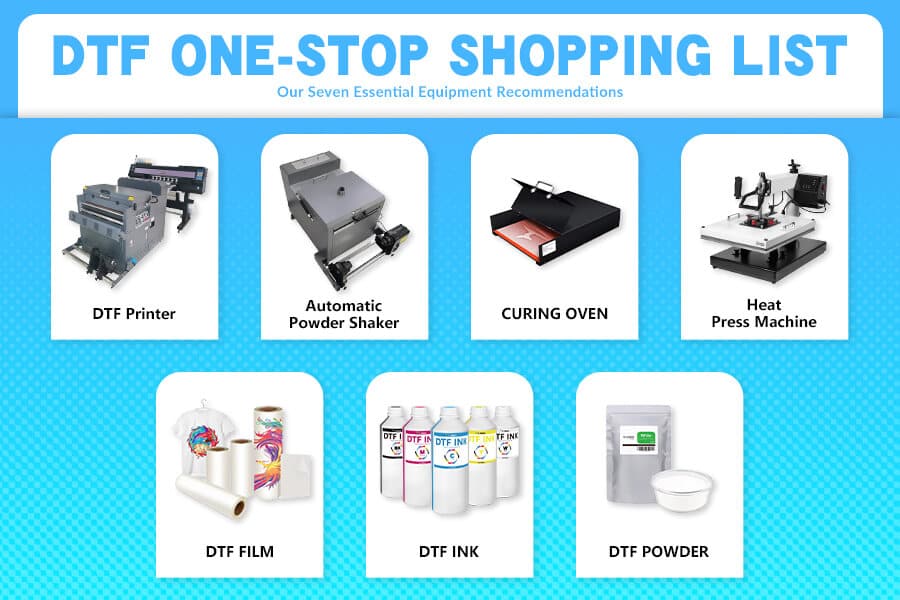
💡 How UV DTF Printing Works (Simple Steps)
UV DTF is more like a sticker—no heat is needed. You print your design, peel, stick, and press.
- Print the design onto UV film using a UV printer
- UV light dries the ink instantly
- Peel the sticker from the film
- Stick it onto your object
- Peel off the top layer
📌 Great for cups, mugs, bottles, and more.

⚖️ Pros & Cons (Plain and Clear)
👍 DTF Pros
- Works on fabric
- Costs less
- Flexible and stretchable
- Good for bulk orders
👎 DTF Cons
- Needs a heat press
- Not for hard or curved surfaces
👍 UV DTF Pros
- No heat needed
- Sticks to almost any hard surface
- Fast and easy to apply
- Sharp, colorful results
👎 UV DTF Cons
- Costs more
- Not suitable for clothing
📣 Which Should You Choose?
Here’s how to pick:
Choose DTF if:
- You want to print on T-shirts, hoodies, or cloth bags
- Do you already own or plan to buy a heat press
- You’re focusing on apparel printing
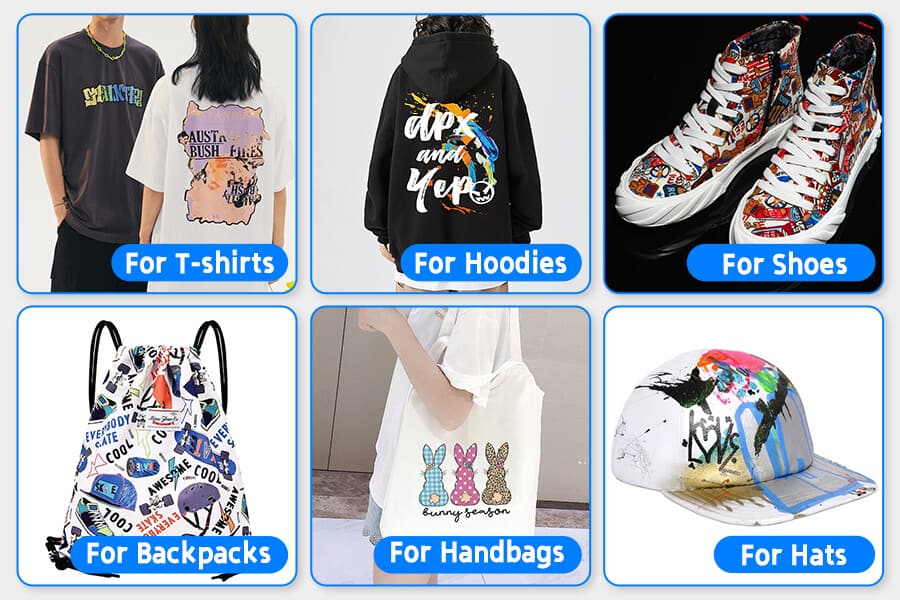
Choose UV DTF if:
- You want to print on cups, water bottles, and phone cases
- You need a fast and no-heat method
- You make gifts or product labels on hard surfaces

🏆 Winnerjet Tip
No matter which method you choose, using high-quality materials is key.
👉 At Winnerjet, we offer:
- 💧 Bright DTF inks & powder
- 🌟 UV DTF film with strong stickiness
- 📦 Fast shipping for B2B orders
📌 Want to test before buying? Ask for a free sample from Winnerjet!
🔚 Final Thoughts + CTA
DTF and UV DTF are both great, but for different jobs.
Choose DTF for clothing and UV DTF for hard goods like mugs and signs.
Still not sure? Let Winnerjet help you choose the right setup for your business.
🙋♂️ FAQs
1. Can I use UV DTF on fabric?
No. UV DTF only works on hard surfaces like metal, glass, and plastic.
2. Which lasts longer?
DTF lasts longer on clothing. UV DTF lasts long on cups and hard goods.
3. Do I need special machines?
Yes. DTF needs a DTF printer and a heat press. UV DTF needs a UV printer.
4. Which one is easier for beginners?
UV DTF is easier—no heat press is needed.
5. Can I do both in one shop?
Yes! Many shops use both for different product types.
